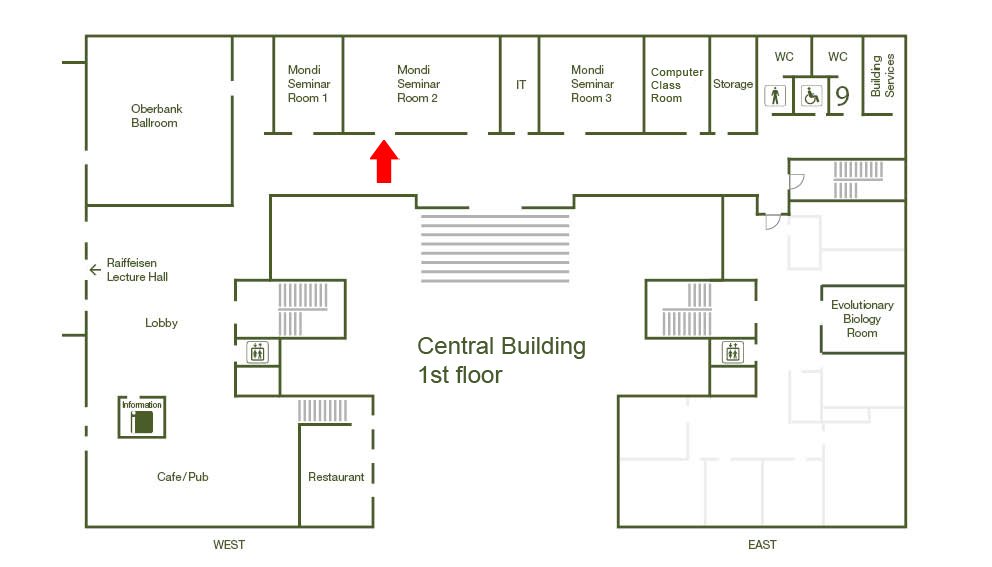Exploring single-electron-single-photon interactions: From heralded quantum light to electron-photon entanglement

The interaction of free electrons with photons has recently generated considerable interest, with theoretical studies promising manifold applications from quantum optical state preparation to enhanced sensing. Advances in coincidence measurements based on event-based electron detection, and increased electron-light coupling strength via phase matching and resonant enhancement, have brought experiments with single electrons and single photons within reach. The preparation of nonclassical light and the demonstration of electron-photon entanglement are two critical milestones in this ongoing development of free-electron quantum optics.
In this talk, I will present the experimental realisation of these cornerstones: The demonstration of electron-heralded photon number state generation and the observation of free-electron-photon entanglement. Employing integrated photonic structures that allow for efficient electron-light scattering [1], passing electrons inside a transmission electron microscope can efficiently interact with the waveguides' optical mode, creating electron-photon pairs [2]. The time- and energy-resolved detection of both particles reveals the resulting correlations between energy-loss electrons and generated photons. We study the photon statistics heralded by such loss-electrons in a Hanbury-Brown and Twiss setup, and observe an anti-bunching that verifies the generation of nonclassical photon number states [3]. The underlying inelastic electron-light scattering is, moreover, expected to induce electron-photon entanglement. We implement a quantum eraser scheme [4,5], involving two partial electron beams that generate orthogonally-polarised photons, to study electron-path—photon-polarisation entanglement. Observing the interference of the recombined electron beams in coincidence with measurements of the photon polarisation in different bases, we experimentally implement a state tomography of the full electron-photon quantum state and find a violation of the Peres-Horodecki entanglement criterion. This constitutes a first unequivocal demonstration of free-electron-photon entanglement [6,7].
Our results have significant implications for the development of free-electron quantum optics, demonstrating the feasibility of electron-driven sources of quantum light and enabling quantum-enhanced sensing in electron microscopy based on photon-mediated electron entanglement in the future.
[1] J.-W. Henke et al., Nature 600 (2021), 653-658
[2] A. Feist et al., Science 377 (2022), 777-780
[3] G. Arend et al., arXiv:2409.11300 (2024), preprint
[4] J.-W. Henke, H. Jeng & C. Ropers, Phys. Rev. A 111 (2025), 012610
[5] E. Kazakevich, H. Aharon & O. Kfir, Phys. Rev. Res. 6 (2024), 043033
[6] J.-W. Henke, H. Jeng, M. Sivis & C. Ropers, arXiv:2504.13047 (2025), preprint
[7] A. Preimesberger et al., arXiv:2504.13163 (2025), preprint
***
Jan-Wilke Henke studied Physics at the University of Göttingen, Germany, and Aarhus University, Denmark. He received his Master's degree with distinction in 2021 from the University of Göttingen. Since mid-2021, he has been a PhD student in the group of Claus Ropers at the Max Planck Institute for Multidisciplinary Sciences, working on the development of quantum optics with free electrons in an ultrafast transmission electron microscope.